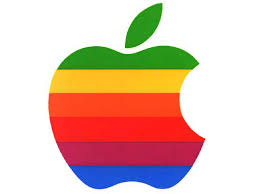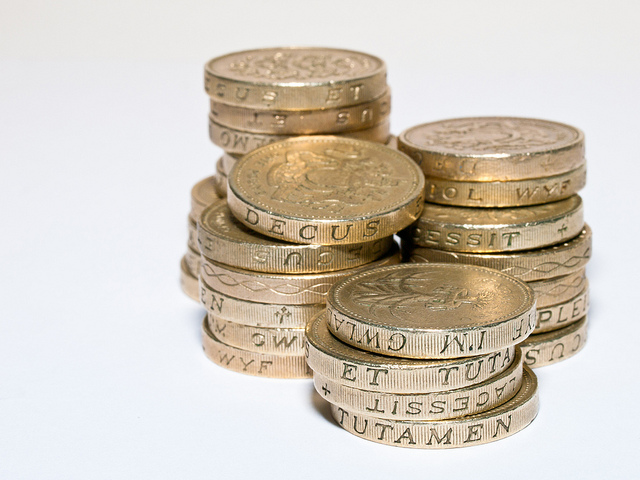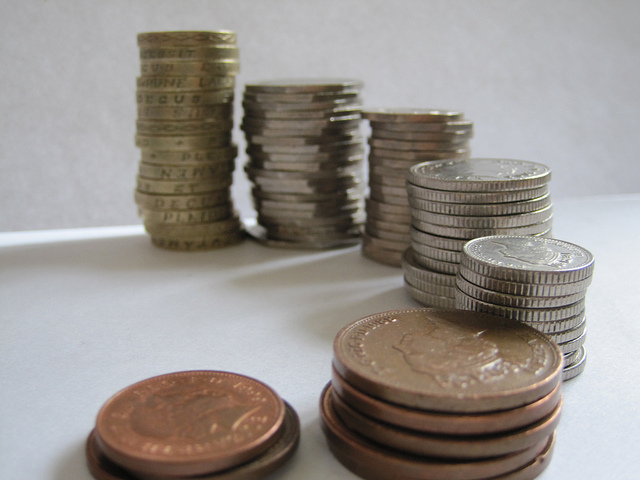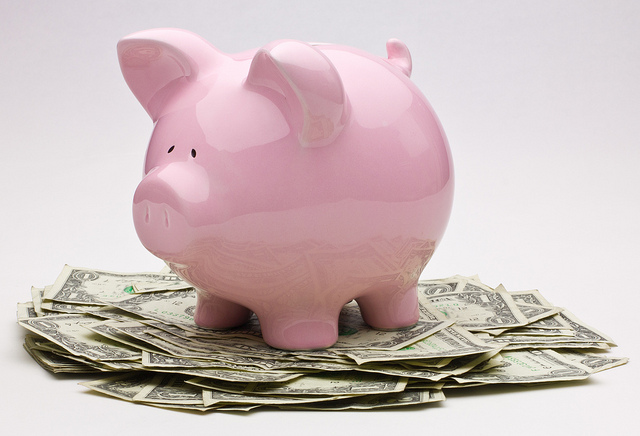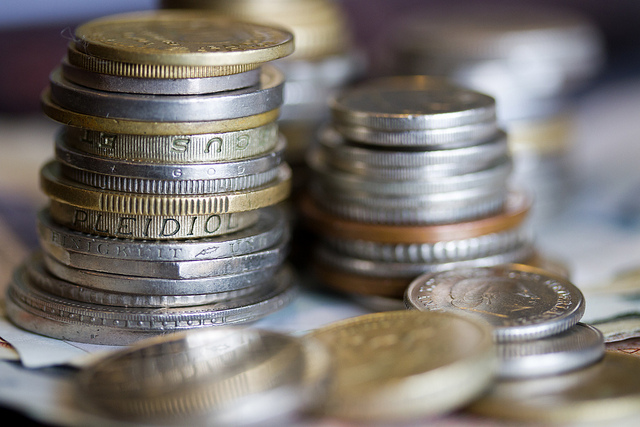Here’s today’s ‘Just A Minute’ bringing you a 60 second summary of what’s happening in the financial markets:
Main Trading Event Of The Day: U.K. BOE Inflation Report @ 09.30 & U.S. PPI @ 12.30 GMT
WHAT WE’RE WATCHING TODAY
Will The Bank Of England Inflation Report Move Sterling?
The GBP has had a favourable performance over the past year, but with the Bank of England’s inflation report due today, this could be set to change. Investors will be listening to BoE Governor Mark Carney closely for any indications of an interest rate hike this year against a backdrop of a strengthening British economy. Traders will be focusing on the British pound as the Bank of England’s Quarterly Inflation Report is one of the most important event risks this week. The big question is whether the economic landscape has changed enough for the central bank to take a more active approach to monetary policy.
After years of sluggish growth following the 2008 financial crisis, the U.K. economy has finally landed on its feet and is set to clock up a healthy 3 percent growth rate this year. However, house prices remain a concern, with a 10 percent surge over the past year raising fears of a bubble. As the economy recovers, many industry watchers have speculated that the central bank could raise interest rates from all-time lows of 0.5 percent in a bid to offset inflation. Retail sales growth also remains weak while consumer price growth slowed to 1.6 percent in March from 1.7 percent in February, dampening rate hike expectations.
Nevertheless, analysts remained convinced that the BoE inflation report could give the pound a boost and that it is due a little bounce having lost some ground recently. Major policy changes are not expected to come out of the BoE’s inflation report, with Carney likely to retain an optimistic outlook on the U.K. recovery while acknowledging spare capacity in the economy.
U.S. Retail Sales Slow, But Economic Growth On Track to Accelerate
U.S. retail sales slowed down in April after strong gains in the previous two months but the news appears to have done little to change views that the economy was poised for faster growth this quarter. Retail sales edged up 0.1 percent last month, held back by declines in some sectors including furniture and electronics, possibly due to consumers being more cautious in their spending habits as they await confirmation that the economy is, in fact, poised to accelerate. Retail sales, which account for a third of consumer spending, rose 1.5 percent in March, the biggest gain in four years. That followed a healthy increase in February, reflecting the release of pent-up demand after the severe winter. Economists, who had forecast sales advancing 0.4 percent last month, said a late Easter could have caused difficulties smoothing the data for seasonal fluctuations, causing the sharp swing from March to April. Prices for U.S. Treasury debt rose on the data, while the dollar gained against a basket of currencies. U.S. stocks rose marginally, with the Dow Jones industrial average and Standard & Poor’s 500 index both inching to record levels. Data such as employment as well as manufacturing and services industries surveys have suggested the economy regained strength early in the second quarter.
U.S. Inflation Data Awaited As Dollar Bulls Await Increase In Consumer Prices
Dollar bulls are expecting U.S. data this week will show consumer prices picked up last month, bringing inflation closer to the Federal Reserve’s 2 percent threshold it has set for considering a rate hike. The U.S. dollar index recovered from a 20-month low of 78.906 set last Thursday after European Central Bank head Mario Draghi warned that the euro’s strength was a serious concern and that the ECB was comfortable with taking more action to support economic growth and raise inflation at its June meeting. The strength of this week’s scheduled U.S. data releases which include the closely-watched April consumer price index (CPI) on Thursday and the bearing it has on Fed rate expectations will decide whether the dollar continues its turnaround. Consensus forecasts show April’s core CPI up 1.7 percent from a year earlier, unchanged from the prior month’s reading. Sentiment regarding whether the dollar will extend gains or weakens appears to be evenly split between dollar bulls and bears. Dollar bears maintain inflation remains low and highlight the Fed’s preferred gauge of inflation - the price index for personal consumption expenditures - which has run below 2 percent for 23 consecutive months. Fed Chair Janet Yellen warned last week about the risks posed to the recovery from the U.S. housing market slowdown, suggesting that the Fed may be in no hurry to raise rates.
That sums up today’s highlights! Keep posted with all the latest news and analyst updates via our Facebook, Twitter, Google+ and LinkedIn pages.
We hope you have a profitable day on the markets!




